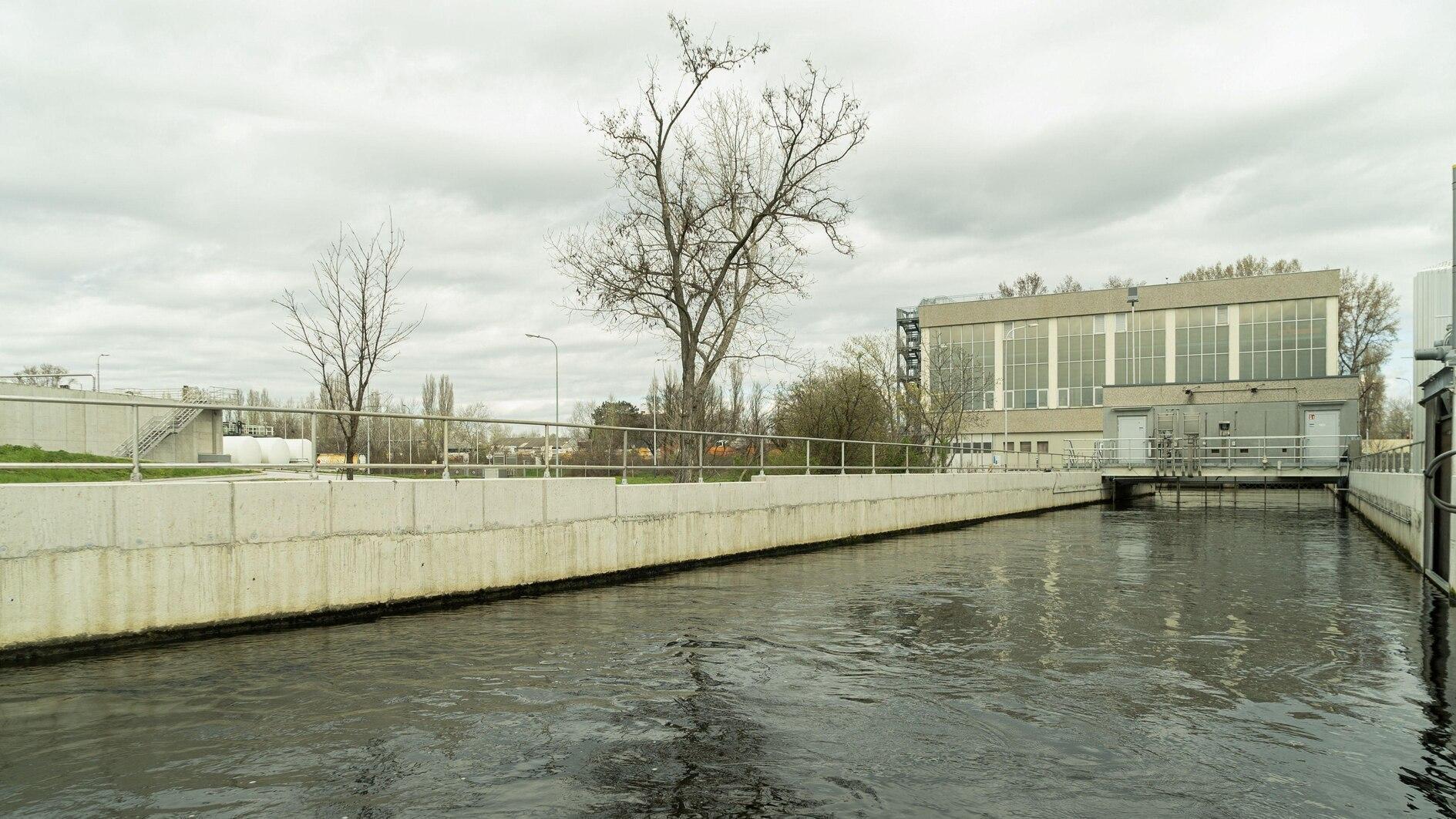New findings shed light on Temple of Apollo
ÇANAKKALE – Anadolu Agency

The Temple of Apollo Smintheus, which became nonfunctional some 1,500 years ago, was used for different purposes in each era, new findings show. AA Photo
New findings obtained at the Temple of Apollo, located in the village of Gülpınar in the northwestern province of Çanakkale’s Ayvacık district, have revealed a residence, revealing plans and gardens of various eras.The Temple of Apollo Smintheus, which became nonfunctional some 1,500 years ago, was used for different purposes in each era.
Damage caused by humans, as well as earthquakes and other natural factors, have not even survived alluvial deposits that cover the temple.
The temple was used as a church at first and then as a residence, painting a picture of houses and gardens throughout history. Its blocs were redesigned as structural material, press tone, well curb, mortar and trough, losing its original form.
Academics on the excavation team who have so far published articles on the importance and architecture of the temple informed the scientific world about it.
Works have revealed that all marble blocks of the temple had been used in various structures. Spanning around an area of 25 kilometers, the collection of marble blocks and excavations have been around for years.
The Apollon Smitheus Temple is located in the Bahçeleriçi area, in a valley between the northwest and northeast of the Gülpınar village.
It was built in the second half of the 2nd century B.C., as a sacred place in the Troas region. Architext Hermogenes designed the temple using the pseudodipteral style. The temple contains three chambers, including a pronaos (sacred front chamber), a naos (sacred room) and an opisthodomos (back chamber), as well as the statue of Apollo made by the sculptor, Skopas.
















